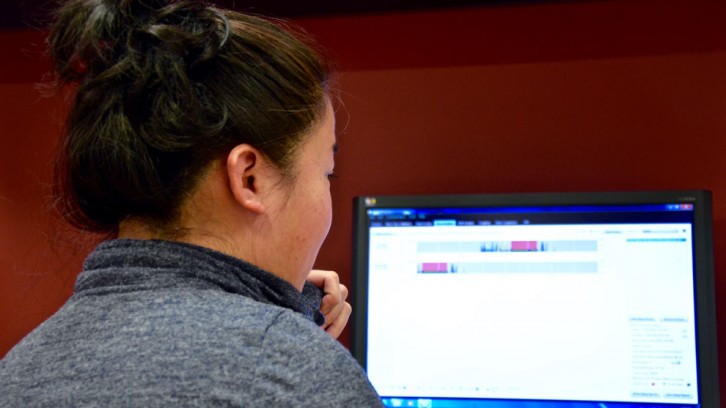Accident research
Researcher hoping to improve workplace safety with inattention study
Jennifer Wong wants to increase our understanding of how workplace accidents happen

caption
What factors are causing us to make mistakes at work?
caption
What factors are causing us to make mistakes at work?Jane Arnett has suffered burns, cuts and even carbon monoxide poisoning while at work.
Despite completing safety training for her positions, she says her injuries weren’t because she was ignoring safety protocol.
“I just get tired or forgetful and things happen,” she says.
Arnett, a barista, has worked in the food and labour industries. No matter where she works, an unfortunate history of accidental injuries follows.
“If you’re already tired, then [work stress] makes you frazzled and you can skip a few things and accidentally hurt yourself,” she says.
Jennifer Wong, a PhD student at Saint Mary’s University, is conducting a study to investigate why we stop paying attention while on the job.
Wong hopes to use the data she collects for further research to determine when innocent workplace inattention risks becoming a safety hazard.
To conduct the research, Wong is following a group of people as they go work over a period of time. These individuals work varying shifts during the daytime and nighttime. The experiment involves two parts:
- Developing a special questionnaire that volunteers fill out every day before going to work.
- An online activity for the volunteers. The activity, made up of arrows and shapes on a screen, tests a user’s reaction time and accuracy.
The connection with sleep
Each volunteer will have to wear a watch-like device on their wrist as they sleep. Similar to devices like the FitBit and the Apple Watch, the device monitors movement in order to keep a log of sleep patterns.
Wong plans to compare each individual’s sleep pattern to the results of the self-report and performance test.
“I’m hoping to show that [with] individuals who are working overnight shifts, there is going to be some sort of performance deficit in terms of their attention or workplace performance or injuries,” she says.
The journal of Sleep Medicine Reviews published a study in 2014 that suggested employees with sleep problems had an elevated risk of injury and that 13 per cent of work injuries “could be attributed to sleep problems.”
Wong believes that sleep is an important link to inattention at work since it has a strong link to errors and injuries.
“I think we all know that it does happen, but to have hard data showing it and to have data that aren’t based on self reports, I think that would really become an eye opener for individuals who are working shift work or companies who are considering different types of shift schedules,” she says.
[idealimageslider id=”7744″]
Accidents happen, so what?
Wong’s study follows the footsteps of research conducted by psychology professor James Reason, who looked at the nature of work accidents. He concluded that human attention has a limit and even when precautions are taken for working safely, mistakes happen.
The research suggested organizations should design workplaces that “anticipate the worst” and are equipped to minimize accidents. Minimizing hazards can be as simple as creating shorter work shifts or marking equipment with certain eye-catching colours.
Despite Reason’s strong theories surrounding inattention, Wong has one main observation:
“We’re not updating our current knowledge on this area,” she says.
She argues most current research places an emphasis on accidents caused by workers who are ignorant or dismissive of work safety. Although that is a considerable concern, she insists “inadvertent errors”—unintentional mistakes made by safety-conscious people—could also be one of the leading causes of accidents.
“I want to bring the attention back to these attention errors which are typically done by people who are well-intended and who have experience. But every now and then they slip up,” she says.
Research that can be applied
Wong plans to finish this study in May in order to defend it as her PhD dissertation in August.
If she succeeds at finding a way to measure people’s attention levels while working, she hopes it will expand the conversation and research around other factors – especially sleep.
“We, as researchers, have the power to offer recommendations and see if a company will take them up,” says Wong.
One day in the future, she imagines companies and organizations could use a measure of attention to see when their employee could be unfit to perform a certain type of work.
Until then, we’ll have to try our best to stay safe and vigilant while working the graveyard shift.
About the author

Linea Volkering
Honours Journalism/French major, Film Studies minor.
